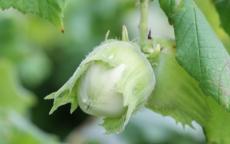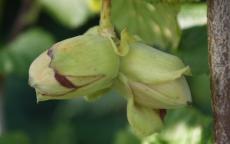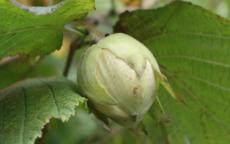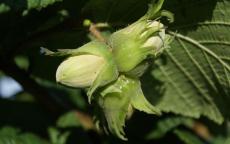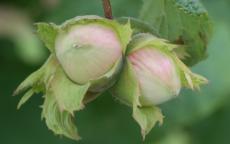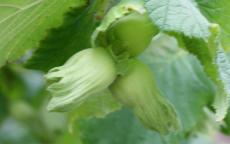Hazel trees
Hazel nuts (or Cobnuts) make an easy and low-maintenance addition to any orchard. We have a good range of hazel plants and can advise on the choice of varieties.
Gunslebert
Gunslebert is a modern hazel variety, an excellent choice for the garden or small orchard.Hall's Giant
Hall's Giant is noted for its excellent flavour and is a good pollinator for other hazels.£53.00buy
How to choose Hazel trees
Hazelnuts are an important natural source of healthy proteins and fats, and hazel bushes make an easy and low-maintenance addition to any orchard.
There are two closely related species, Corylus avellana, which is the common hazel or cobnut native to the UK, and Corylus maxima, also known as the Filbert. The main difference is in the length of the husk surrounding the nut - hazels have a short husk whereas filberts have a long husk which surrounds and encloses the nut.
Some hazel varieties are also known as cobnuts, alternatively cobnuts are sometimes considered to be hazel nuts that are eaten fresh rather than being dried. In practice the terms can be used interchangeably.
Hazels are generally easy to grow, and low maintenance. They grow happily on average soils - and it is best not to feed them as this just encourages leaf growth rather than fruiting. Plant them in full sun if you can - but partial shade is not a problem. One of the great things about hazels is that, provided they are pollinated, they will usually produce a crop even in the most miserable of English summers.
Hazels are also one of the few orchard fruit species that will tolerate damp wet ground, so if your planting area is too wet for apples or plums, you might consider hazels instead.
The only complication is pollination. Hazels are wind-pollinated, so planting several different varieties together is essential, as none are really self-fertile. However, if you have wild hazel bushes in nearby hedgerows they are likely to be good pollinators.
More information on growing hazelnut trees.

